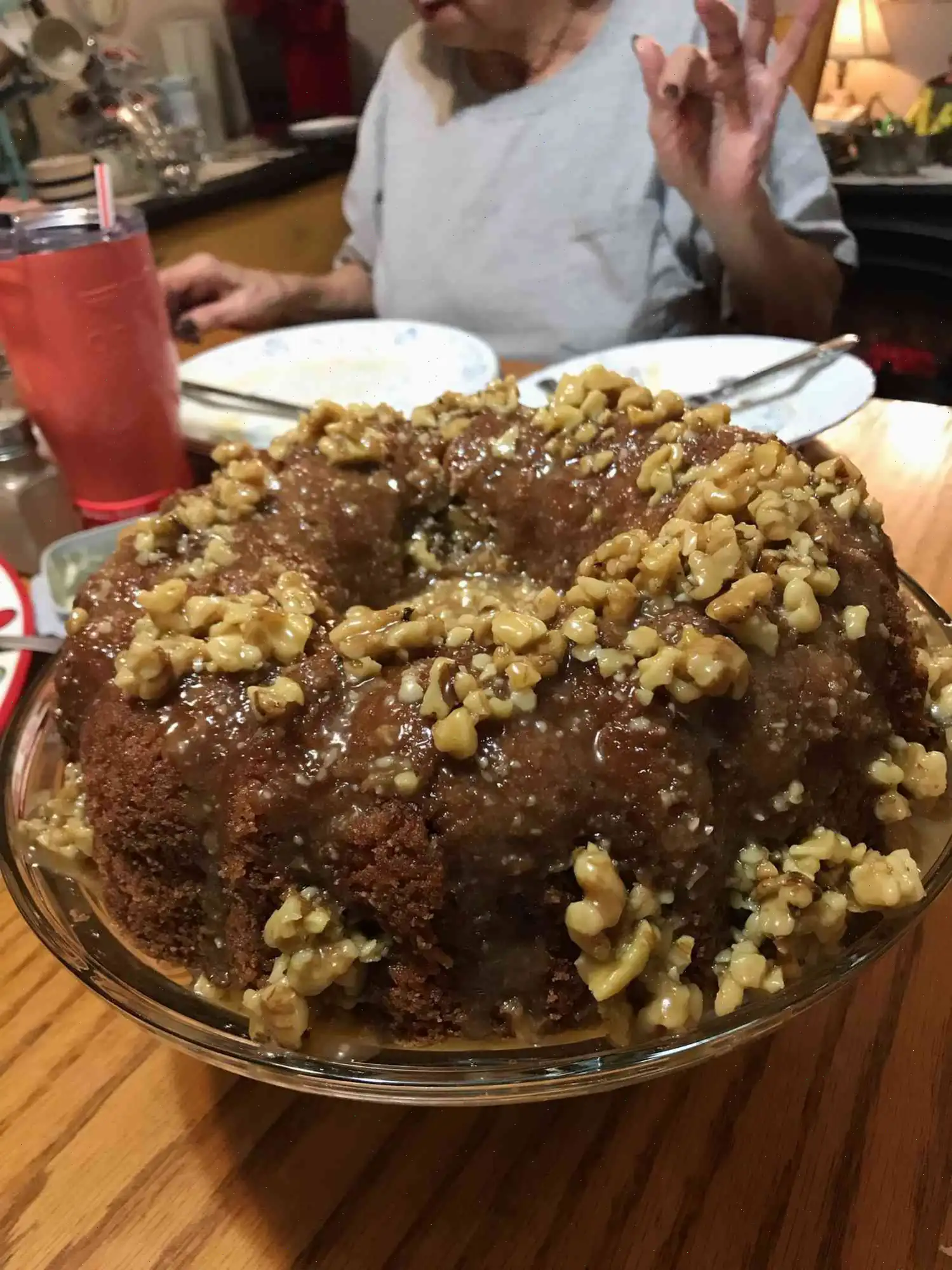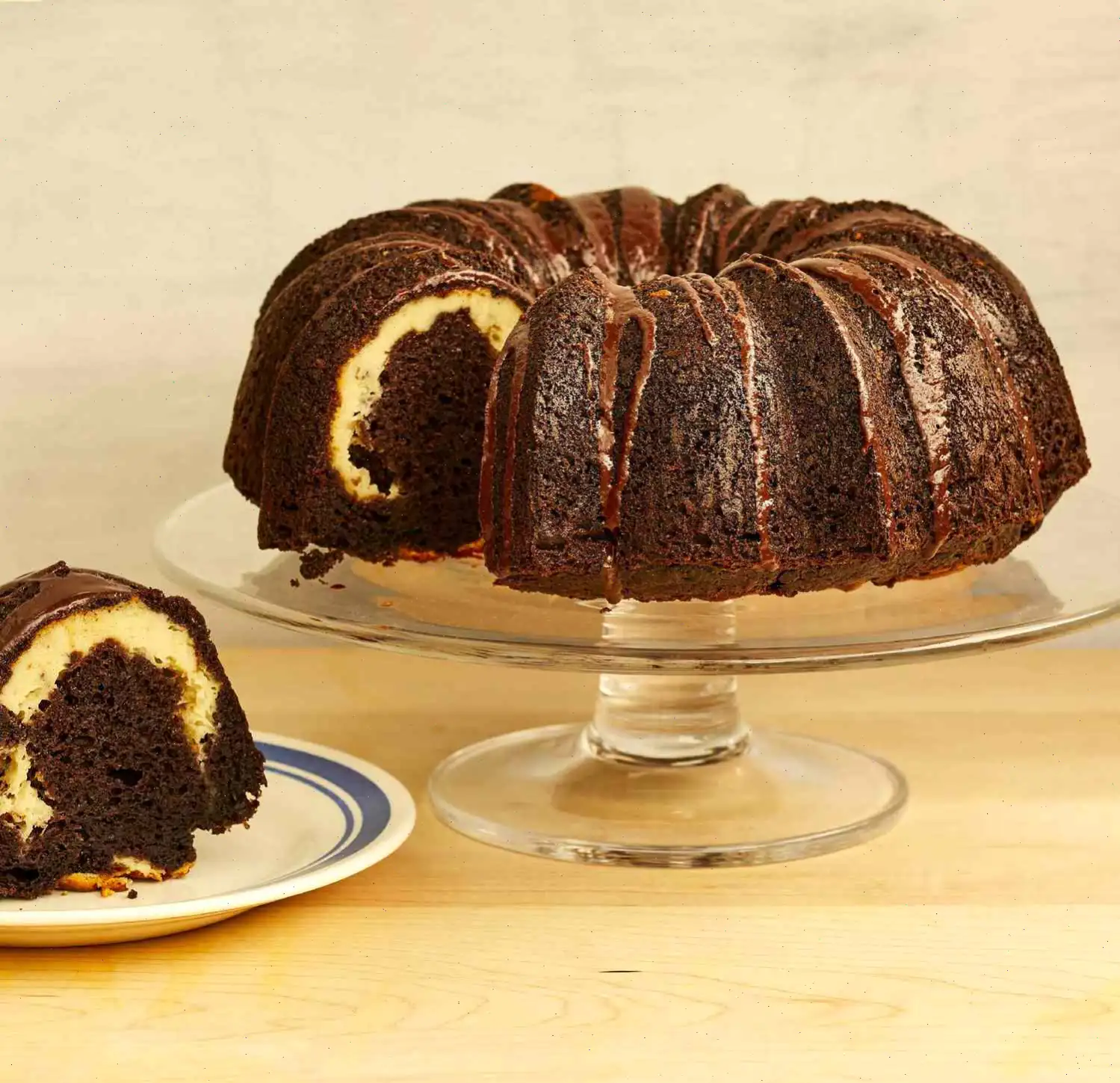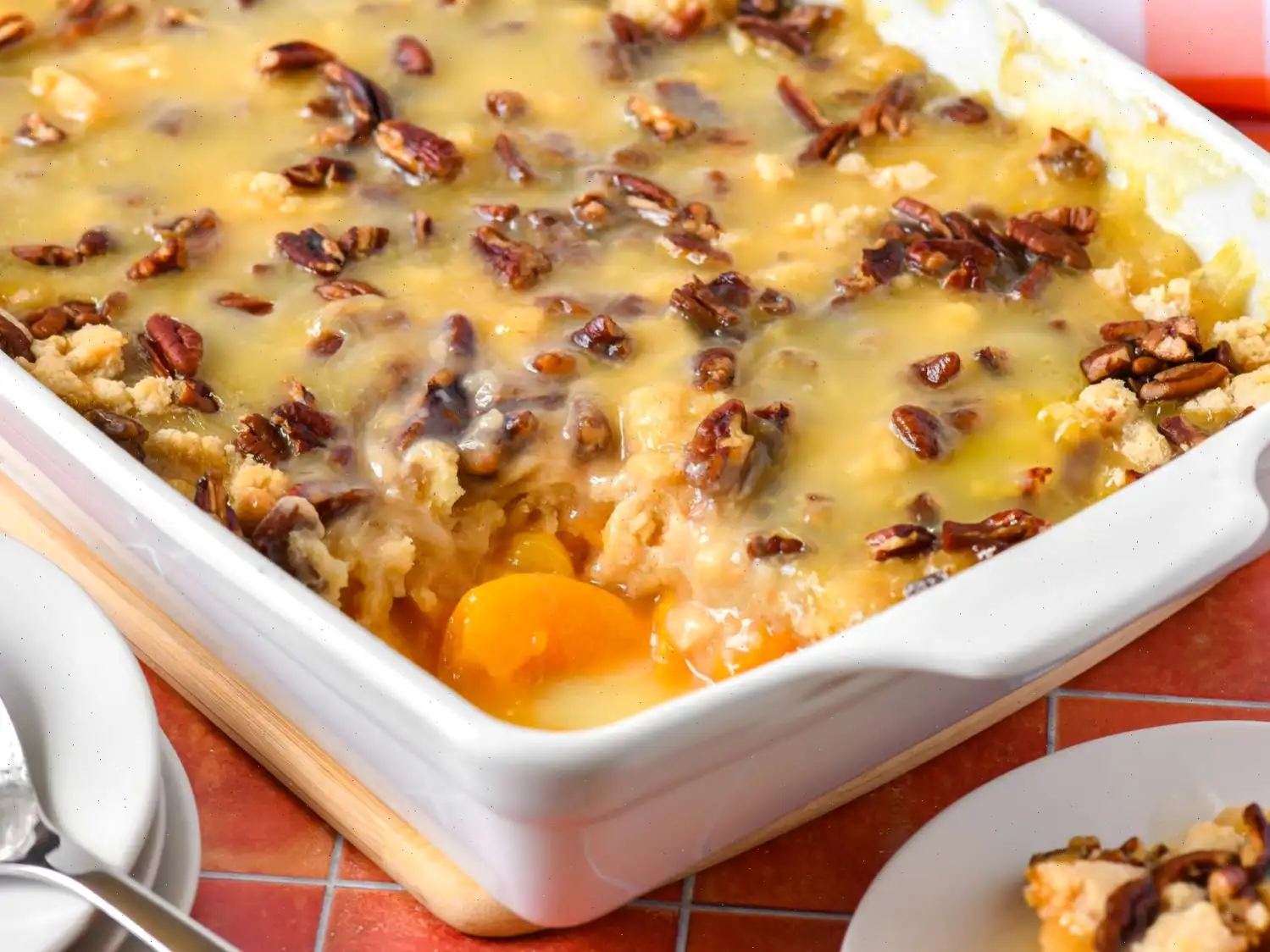
German Semolina Pudding Recipe
Ingredients
- 2 cups milk
- 1 tablespoons white sugar
- cup semolina
Directions
- In a saucepan, combine the milk and sugar. Place the pan over medium heat and bring the mixture to a boil. Once it starts to boil, immediately remove it from the heat. (Keep a close eye on the milk to prevent it from boiling over.)
- Stir in the semolina, mixing it in thoroughly.
- Return the saucepan to medium heat. Bring the mixture back to a gentle boil while stirring constantly. Continue stirring until the mixture thickens but is still pourable.
- Once the porridge has reached your desired consistency, pour it into serving bowls.
- Top with your favorite hot cereal toppings and serve immediately.
Nutrition Facts (per serving)
| Calories | 259 |
| Total Fat | 5g (7%) |
| Saturated Fat | 3g (16%) |
| Cholesterol | 20mg (7%) |
| Sodium | 100mg (4%) |
| Total Carbohydrate | 41g (15%) |
| Dietary Fiber | 1g (4%) |
| Total Sugars | 21g |
| Protein | 12g (23%) |
| Vitamin C | 1mg (1%) |
| Calcium | 290mg (22%) |
| Iron | 0mg (2%) |
| Potassium | 418mg (9%) |
Note: Percent Daily Values are based on a 2,000-calorie diet. Your daily values may vary depending on your individual calorie needs.
Warning: Nutrient information is based on available data and may not be complete for all ingredients. Please consult a healthcare professional if following a medically restrictive diet.

Origin of German Semolina Pudding
German Semolina Pudding, or "Griepudding," has a long-standing place in the hearts of many Germans, often served as a comforting dessert or a hearty breakfast. The dish is a staple of German cuisine and has roots in the early 19th century, when semolina, a flour made from durum wheat, became a popular ingredient in European kitchens. Originally, it was seen as a simple, affordable way to make a filling dish that could be enjoyed both hot and cold, perfect for any time of the day.
Regional Variations
While semolina pudding is enjoyed all over Germany, there are regional differences in how it is served. In northern Germany, its often topped with fresh berries or fruit preserves, whereas in the south, especially in Bavaria, you might find it accompanied by warm applesauce or a dusting of cinnamon sugar. In some regions, it is chilled and sliced into squares, making it easy to serve as a snack or light dessert after a meal.
How It Differs From Similar Dishes
Semolina pudding shares similarities with other grain-based puddings like Italian "semolino" and the British "semolina milk." However, what sets German Griepudding apart is its particular creaminess and smooth texture, achieved by stirring the semolina into boiling milk, resulting in a pudding thats both thick and pourable. Unlike rice pudding or polenta-based desserts, the semolina grains used in this dish remain tender, providing a different mouthfeel and flavor. The German version is also less sweet than some international counterparts, often flavored with a touch of vanilla or cinnamon.
Where It Is Served
German Semolina Pudding is a versatile dish that can be found in homes, cafs, and restaurants across Germany. It is commonly served for breakfast, especially on chilly mornings, or as an after-school snack for children. In many homes, its a dish passed down through generations, often evoking nostalgia for childhood memories. In restaurants, it's typically offered as a dessert, particularly in more traditional or family-style eateries that emphasize comfort food. It pairs well with a variety of toppings, from sweet syrups to fresh fruits or whipped cream.
Interesting Facts
- Semolina pudding is often used as a base for other desserts in Germany. It's not uncommon to find it combined with a fruit compote, such as cherries or apples.
- In Germany, semolina is considered a versatile ingredient, used in everything from savory dishes to sweet treats. Its ability to absorb liquid while maintaining a smooth texture makes it ideal for pudding-like desserts.
- The pudding is sometimes chilled, sliced into squares, and served as a snack or a portable dessert. This makes it a favorite for picnics and lunchboxes.
- In some regions, Griepudding is served with a warm berry sauce, especially during the summer when fresh berries are in season.
- German Semolina Pudding is a common choice for kids due to its sweet, mild taste and its rich, creamy consistency.
FAQ about German Semolina Pudding Recipe
Comments
Carolyn Harris
02/08/2024 10:11:46 AM
Having grown up in Germany, I have a special fondness for this dish. Whether enjoyed as a warm breakfast in the morning or as a delightful dessert, it never fails to please. We used to enhance it with fresh fruits such as cherries or berries, and my grandmother would often serve it with a side of cherry soup. Absolutely delicious!
Janet Hall
01/07/2025 07:57:35 AM
After letting it cool down, I transfer it to the food processor and mix in approximately 3 tablespoons of fresh cream and a third of a cup of whipping cream, along with a dash of vanilla. Blend for 3 minutes before pouring into cups. You won't be able to tell the difference between this and real ice cream. For an extra touch, top it with some nuts.
Kimberly Young
07/23/2024 01:16:13 PM
I prepared this dish for my children's breakfast - cream of wheat, but with a delicious twist!
Patricia Turner
09/17/2024 04:47:59 AM
Oh, the nostalgia this brings back from my childhood! :)
Jennifer Lewis
12/30/2024 06:54:01 AM
This dish reminded me a lot of semolina pudding, just with a touch more sugar for sweetness and a hint of vanilla added to enhance the flavor.







